90 Degree stainless steel Corner Crest Slotted Handrail
90 Degree stainless steel Corner Crest Slotted Handrail made in China
Description
Material: The handrail is made of stainless steel. Stainless steel is chosen for its corrosion resistance, durability, and aesthetic appeal. It is a popular material for handrails, especially in areas where exposure to the elements is a consideration.
90 Degree Design: The “90 Degree” aspect indicates that this particular handrail is designed to create a right-angle turn or corner in the handrail system. This is common in staircases or walkways where the handrail needs to change direction.
Corner Crest: The term “Corner Crest” suggests a design element that enhances the appearance of the corner. This could involve a decorative feature or a specific shape that adds visual interest to the handrail at the corner.
Slotted Handrail: The handrail is described as “Slotted,” indicating that it may have slots or openings along its length. Slotted handrails are designed for aesthetics and can provide a modern and stylish look to the handrail system. The slotted design may also contribute to ventilation and ease of cleaning.
Application: This handrail component is suitable for various applications, including staircases, balconies, decks, or any area where a handrail is required for safety and support.
Installation: The handrail is likely designed for easy installation, and it may be compatible with other components of a modular handrail system. Proper installation is crucial for the structural integrity and safety of the handrail.
Finish: Stainless steel handrails often have a polished or brushed finish, contributing to a sleek and contemporary appearance. The finish not only enhances the visual appeal but also provides additional protection against corrosion.
Compliance: When installing handrail systems, it’s essential to adhere to local building codes and regulations related to handrail height, spacing, and other safety requirements. Compliance ensures that the handrail system meets safety standards.
Reviews (0)
Be the first to review “90 Degree stainless steel Corner Crest Slotted Handrail” Cancel reply
QUICK Quote
Related products
Building Materials
Building Materials
Building Materials
Building Materials
Polished 316 Grade Stainless Steel Frameless Glass Railing Standoffs
Stainless Steel Investment Castings

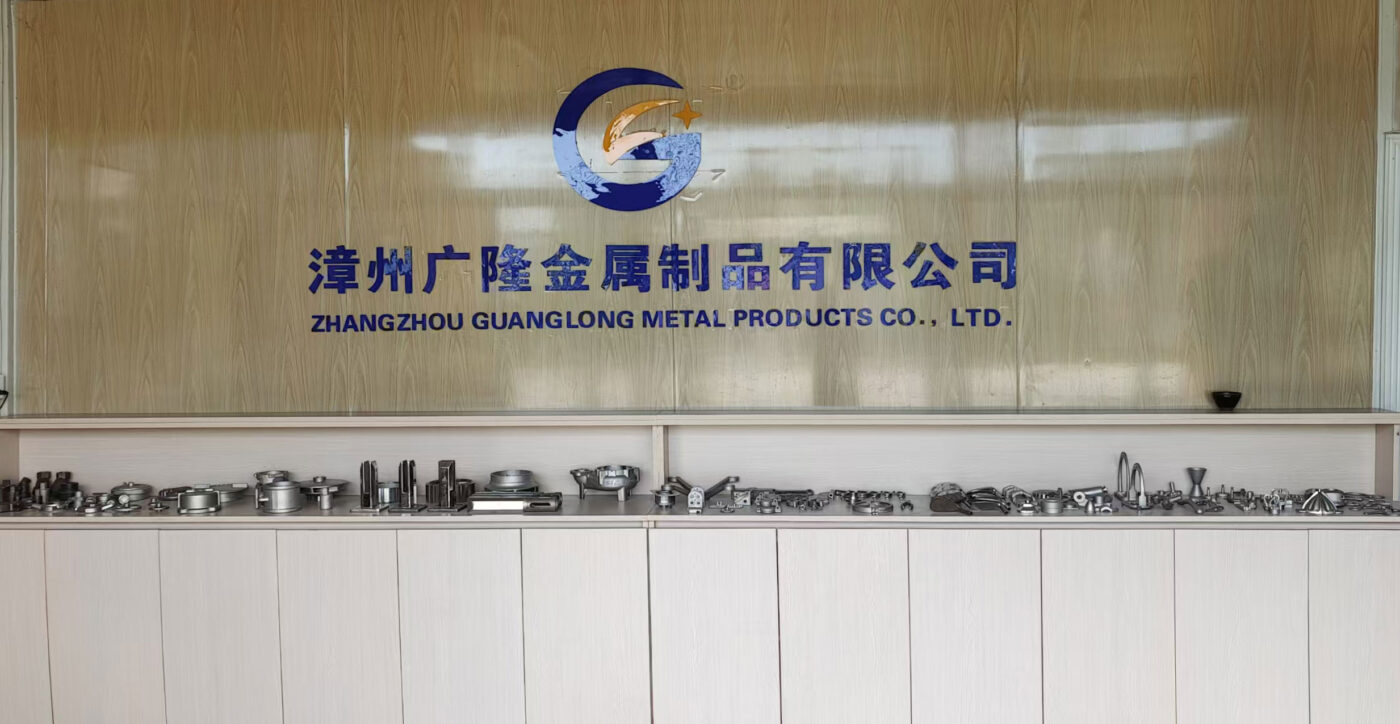
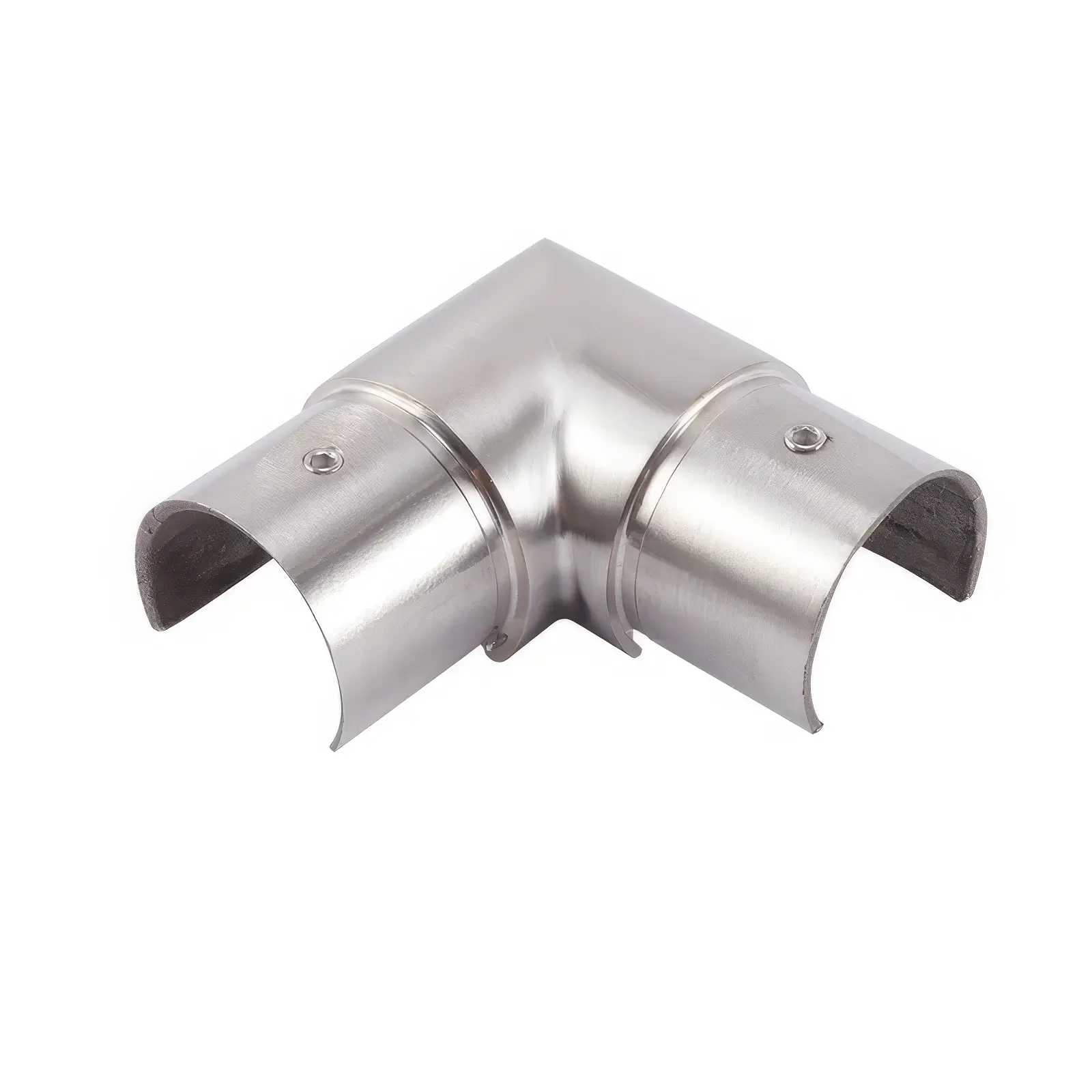

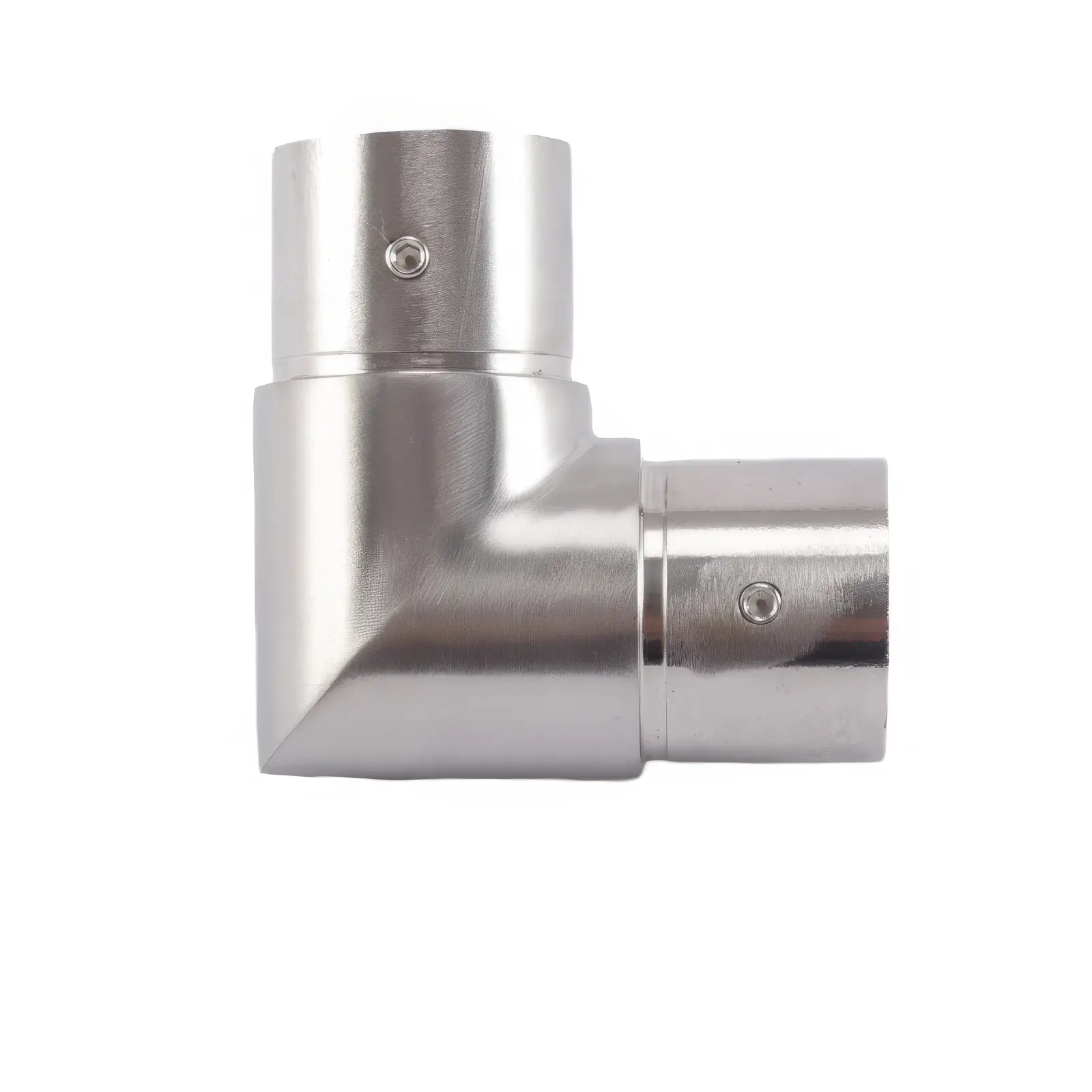
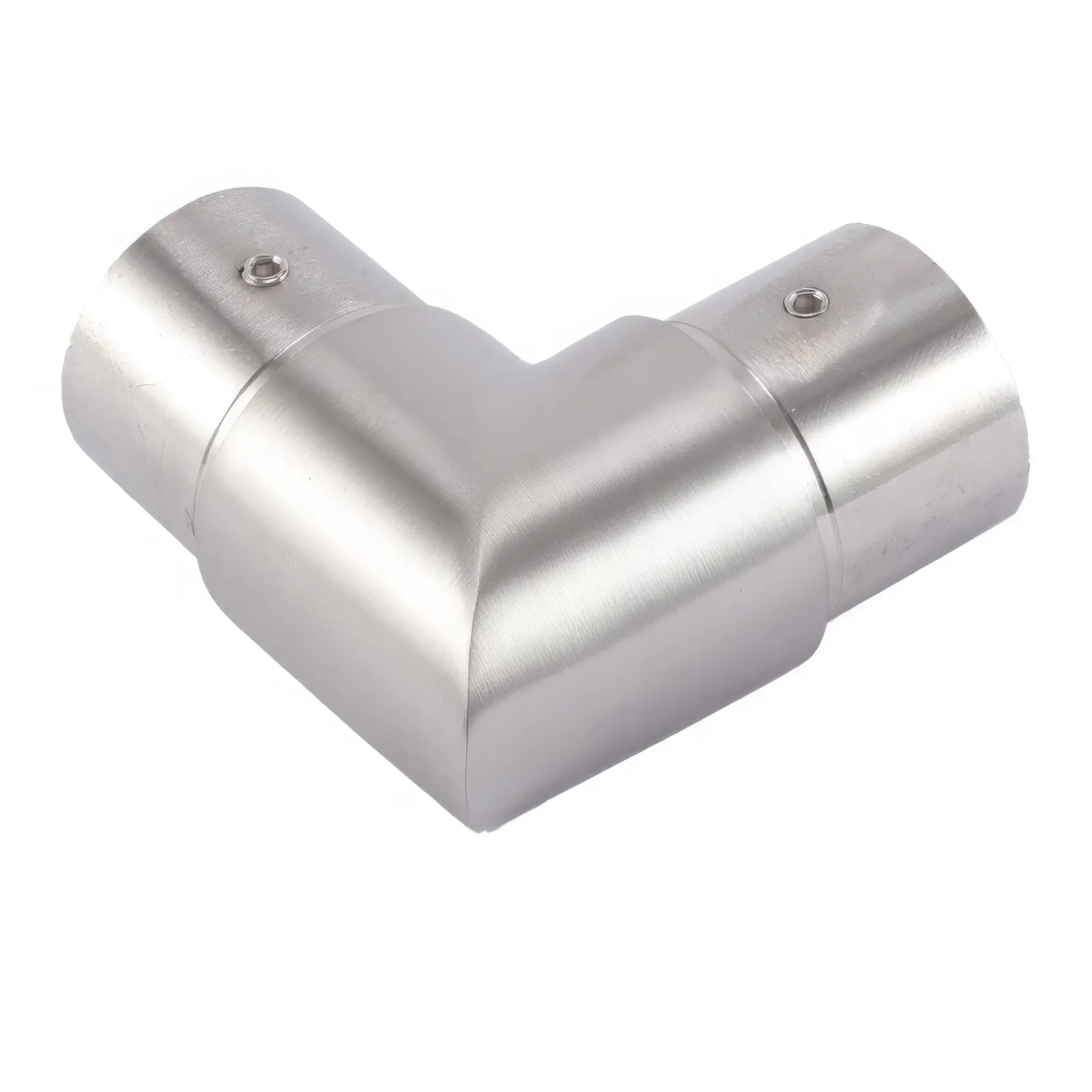

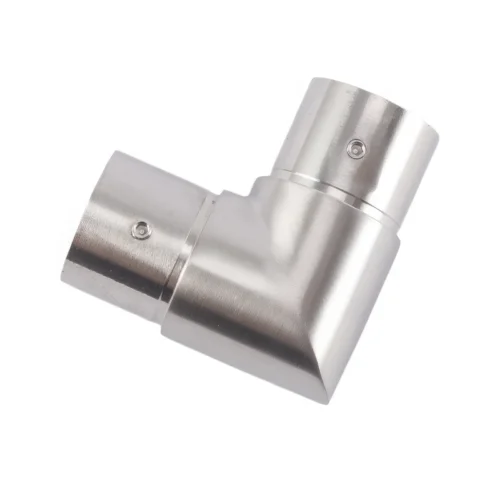
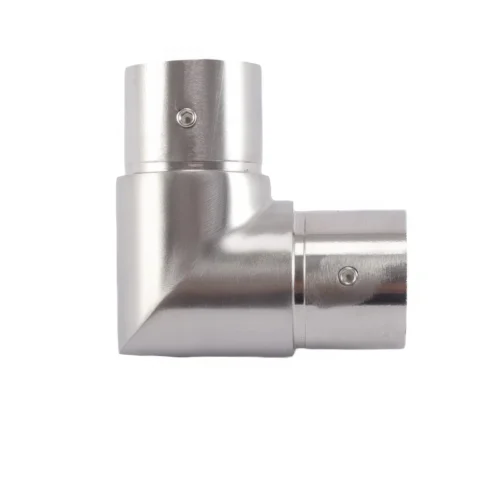
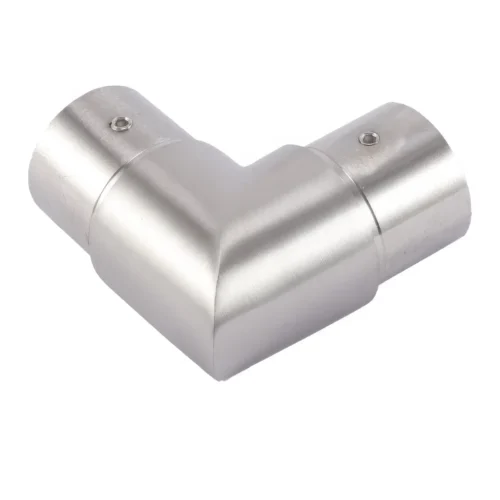

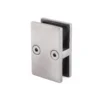
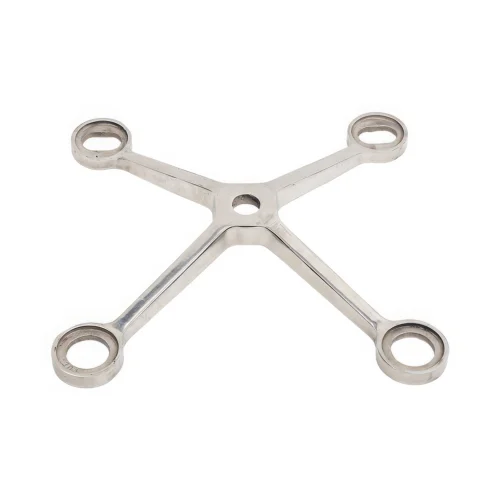
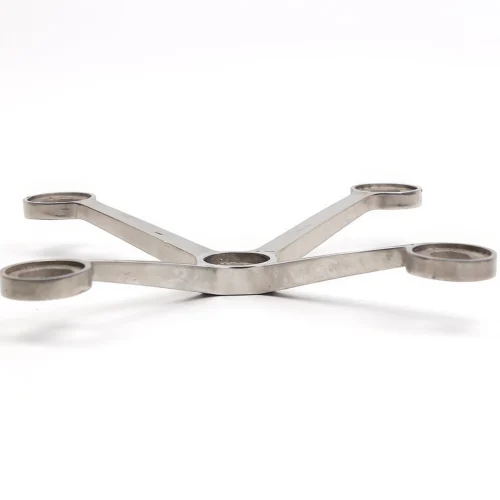
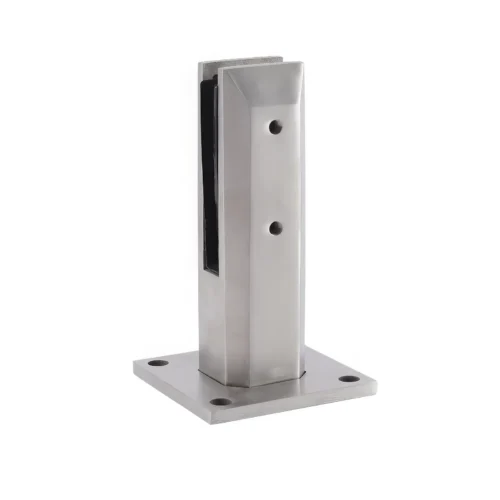
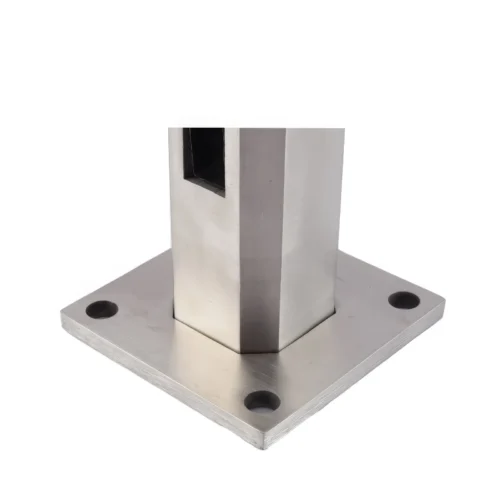
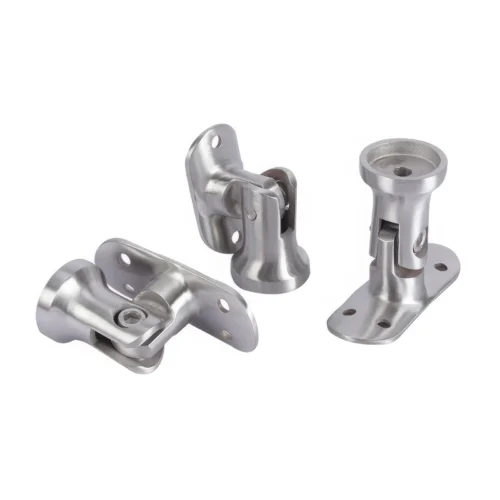
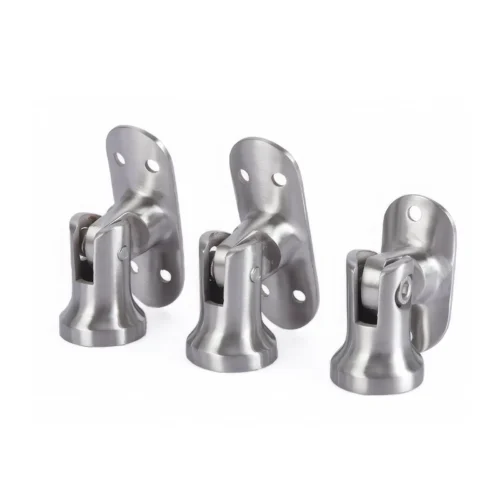
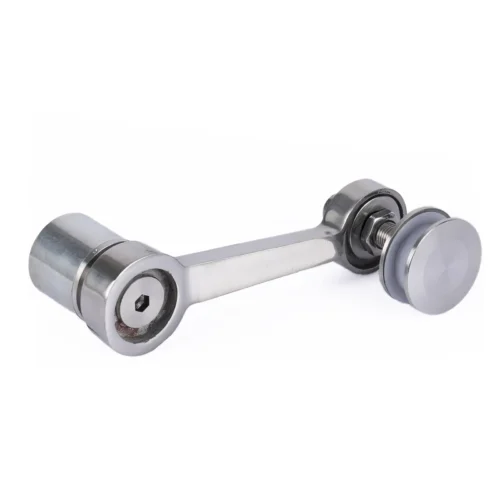

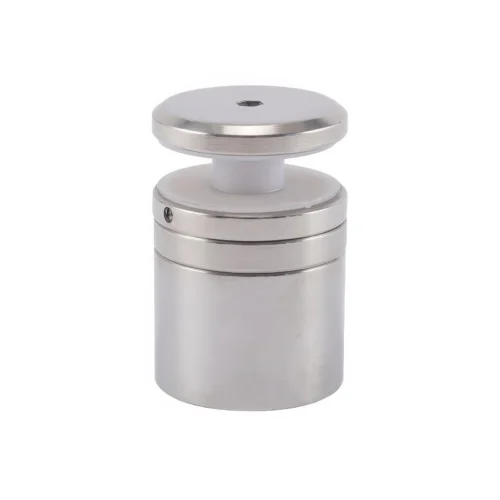
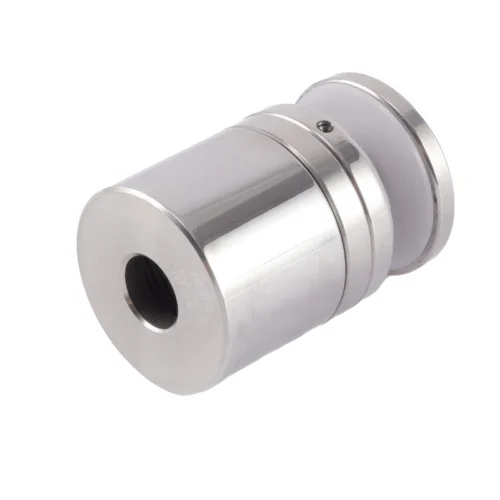

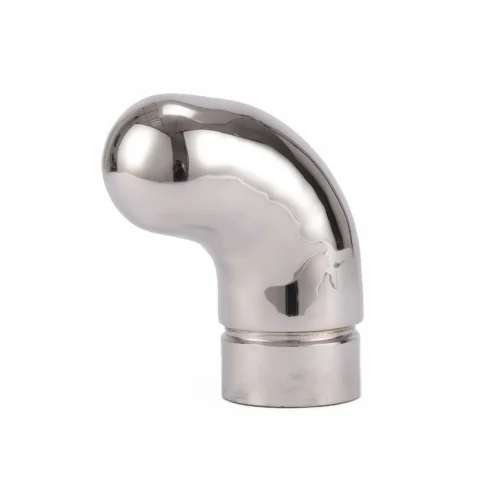
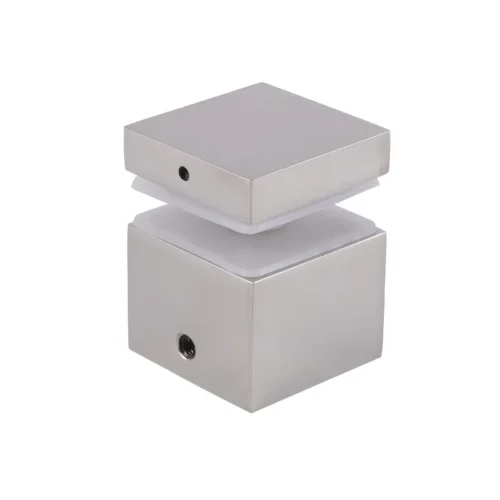
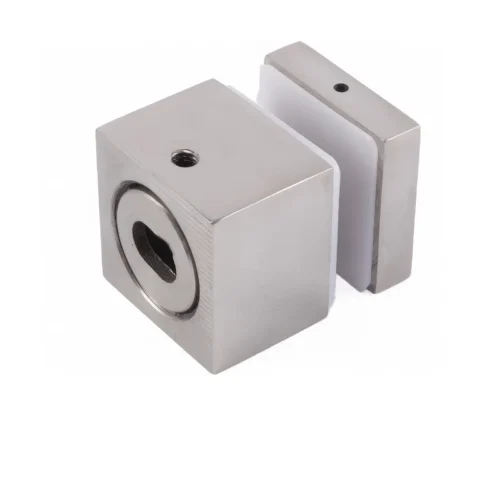
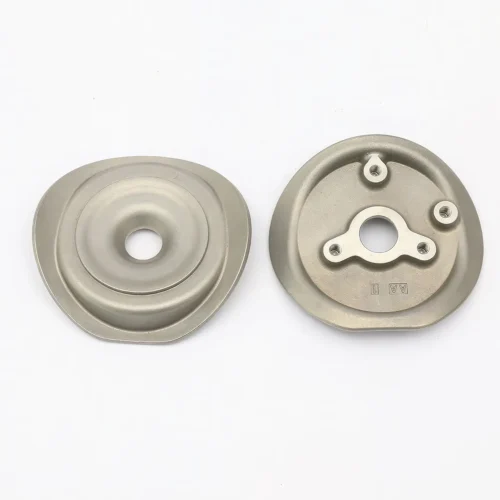
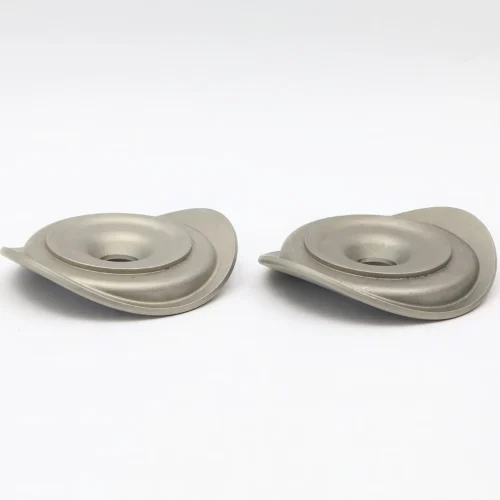
Reviews
There are no reviews yet.